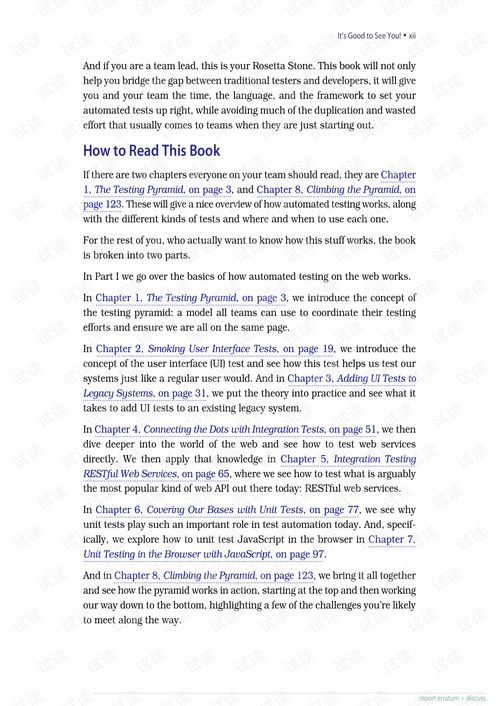A Beginner's Guide to Mastering the Art of Sliding Float Fishing Techniques
Fishing, an age-old pastime, has been captivating anglers worldwide for centuries. Among the various fishing techniques, sliding float fishing stands out as a popular and effective method for catching a wide range of fish. Whether you are a seasoned angler or a beginner looking to explore the world of fishing, mastering the sliding float technique can significantly enhance your fishing experience. In this article, we will guide you through the essential steps and tips to help you learn the sliding float fishing technique like a pro.
Understanding Sliding Float Fishing
Before diving into the details, it's crucial to understand what sliding float fishing is. This technique involves using a sliding float, which is a device that moves up and down in the water column, indicating when a fish has taken the bait. The float is connected to the line via a sliding swivel, allowing it to move freely along the line. When a fish bites, the float moves, and the angler can set the hook accordingly.
Essential Equipment for Sliding Float Fishing
To get started with sliding float fishing, you will need the following essential equipment:

Rod and Reel: Choose a rod and reel that are suitable for the type of fish you plan to catch. For sliding float fishing, a medium to heavy-action rod with a spinning reel is ideal.
Line: Use a monofilament line with a breaking strain that matches the size of the fish you are targeting. A common choice is 8 to 12-pound test line.
Sliding Float: Select a float that is appropriate for the depth you plan to fish and the type of fish you are targeting. The float should be large enough to be visible but not so large that it affects the action of the bait.
Leader and Hook: Attach a leader of 12 to 18 inches in length to the main line. The leader should be made of the same material as the main line. Choose a hook that matches the size and type of bait you will be using.
Bait: Depending on the fish you are targeting, you may use live bait, artificial lures, or natural baits like worms, grubs, or corn.
Setting Up the Sliding Float
Once you have all the necessary equipment, it's time to set up your sliding float. Here's a step-by-step guide:
Attach the Leader: Thread the leader through the eye of the hook and tie a secure knot, such as an improved clinch knot or a blood knot.
Connect the Float: Thread the leader through the sliding swivel and tie a knot to secure it. Ensure that the swivel is positioned above the float.
Attach the Bait: Slide the bait onto the hook and secure it with a small piece of plastic or rubber to prevent it from sliding off.
Adjust the Float: Attach the float to the main line and adjust its position so that it is just above the desired depth. The float should be long enough to allow it to move freely along the line.
Cast the Line: Cast the line out into the water, ensuring that the float is in the correct position.
Fishing with the Sliding Float
Now that your setup is complete, it's time to start fishing. Here are some tips to help you catch more fish:
Choose the Right Location: Look for areas with structure, such as rocks, weeds, or drop-offs, where fish are likely to congregate.
Adjust the Depth: Experiment with different depths to find where the fish are most active. You can do this by adjusting the position of the float.
Be Patient: Sliding float fishing requires patience. Wait for the float to move before setting the hook.
Set the Hook: When the float moves, gently pull the line until you feel resistance. Then, set the hook by lifting the rod quickly and firmly.
Handle the Fish Carefully: Once you've caught a fish, handle it gently to ensure its safety.
Advanced Techniques
As you become more comfortable with the basics of sliding float fishing, you can start experimenting with advanced techniques to improve your chances of success:
Using Different Baits: Try using a variety of baits to see which one works best for the fish you are targeting.
Adjusting the Float: Experiment with different float sizes and shapes to see how they affect the action of the bait.
Reading the Float: Learn to interpret the movements of the float to determine when a fish has taken the bait.
Using Artificial Lures: Instead of live bait, you can use artificial lures like spinners, buzz baits, or soft plastics to attract fish.
In conclusion, sliding float fishing is a versatile and effective technique that can be enjoyed by anglers of all skill levels. By following the steps outlined in this guide, you can master the art of sliding float fishing and enhance your fishing experience. Remember to practice patience, experiment with different techniques, and enjoy the beauty of nature as you reel in your catch. Happy fishing!












